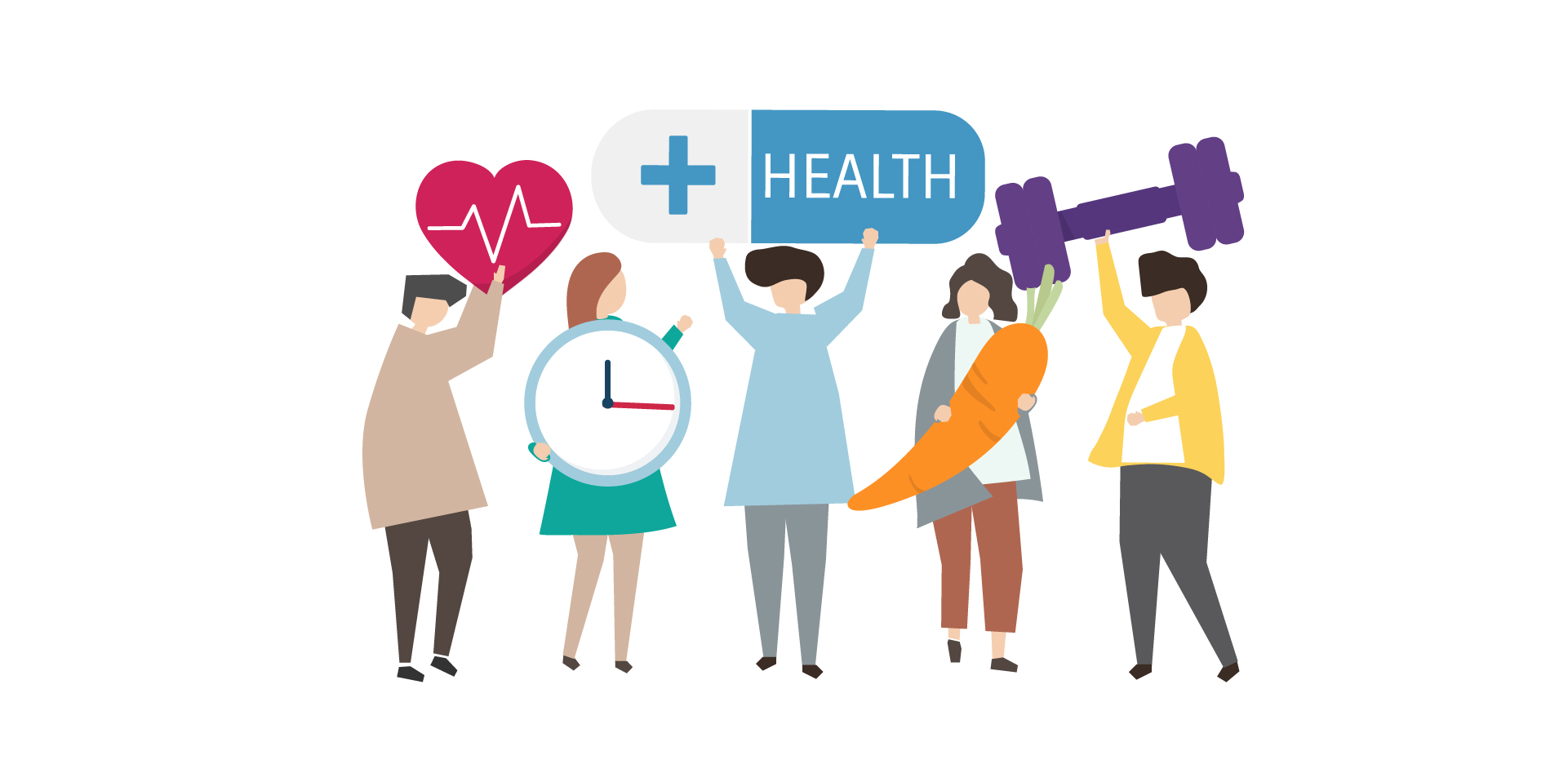Medi-Cal Benefits You Should Know
If you’re eligible for Medi-Cal, you may receive a wide range of medical, dental, and vision care services at little or no cost.
Further information and applications are available online, via mail, or in person at your county’s social services office.
Medi-Cal is California’s Medicaid program, which provides needed health care for low-income families and individuals. Whether you qualify depends on your income and other factors.

Eligibility
Medi-Cal is a program for low-income people that pays for health care services, including doctor visits, prescription drugs, medical equipment, and hospital stays. It is available to families with children, seniors (65 and older), people with disabilities, foster care youth, pregnant women, and people with specific diseases like tuberculosis or breast cancer.
Eligibility requirements for Medi-Cal vary depending on age, income, and other factors. Generally, adults and their children must be below 138% of the federal poverty level to qualify for free Medi-Cal. However, if the family income is higher, they may qualify for Medi-Cal with a Share of Cost (SOC) and be required to pay a small monthly amount toward their medical expenses.
When applying for benefits through your local county social services office, you must provide your Social Security number and any other information that will help them verify your identity. You can also provide information about your immigration status, income and employment history, or federal tax documents.
Many counties offer different types of programs within the more extensive Medi-Cal system.
Coverage
When you get sick or have a health care need, it can be challenging to know where to seek help. But Medi-Cal can be a great option to help you pay for medical care and other needs.
There are many ways to get Medi-Cal benefits, including the traditional fee-for-service program, managed care, and various programs for people with disabilities. Learn more about these, and check Medi-Cal benefits and how to get them.
You also have to renew your Medi-Cal benefits each year. You can do this online at Covered California or through the mail. Your renewal form will need to be received by the county so they can verify your income, property assets, and more.
The health plans offered in your area are called “health plans or “managed care plans.” The State of California operates them to provide Medi-Cal benefits. They’ll also handle claims and billing.
Co-pays
If you’re a Medi-Cal member, you may be asked to pay a copayment when you visit a doctor, hospital, or pharmacy. These copayments can vary based on the type of service you receive and your insurance plan. However, they usually start at $0 and increase to a maximum of $5 per visit.
If a healthcare provider charges you for any copayment, you can ask them to refund the money they charged you. It is called balance billing. You should also check with your insurance company about balance billing before you get any medical services.
You can also ask for an itemized list of your out-of-pocket costs. If your copayments are high, you should discuss ways to reduce them with your doctor.
Another option is to sign up for a Medicare plan with a Medi-Cal part B coverage benefit. It can be an affordable way to save money while getting the necessary medical and dental services.
When you sign up for a Medicare or Medi-Cal part B health plan, you must choose a healthcare provider in your health plan’s network. If you select a doctor or healthcare provider outside your network, you will likely have to pay a higher copayment.
Many Californians are enrolled in a managed care system. Managed care is a payment and delivery system that replaces fee-for-service, where providers are reimbursed for each service or visit. With managed care, the state contracts with health insurers to provide Medi-Cal coverage to subscribers.
Most of the health insurance plans in California use a provider network that includes thousands of doctors and hospitals statewide. It helps keep out-of-pocket costs low by reducing the amount you have to pay for each visit and service.
Some Medi-Cal plans also have a share of cost (SOC). A SOC is a monthly dollar amount you must pay towards your medical expenses before Medi-Cal pays the rest of your monthly bill.
Extra help
If you have Medicare Part D, you may be eligible for Extra Help to aid in paying for your prescription medication coverage. The amount of help you receive depends on your income, assets, and living situation. You can apply for this assistance anytime, but you must re-qualify each year.
If your income is too high to qualify for full Extra Help, you may qualify for a partial subsidy. This subsidy helps pay your monthly premium, deductible, and co-pays on Medicare Part D plans.
People with partial subsidies can also get help covering their costs in the doughnut hole or coverage gap. For instance, they will be able to have their prescription drug costs paid up to 85% of the cost, which can bring them out of the doughnut hole at no out-of-pocket cost.
In addition, you can enroll in Medicare Part D or switch plans during a special enrollment period. This period is available once per calendar quarter and lasts for nine months.
When you have a Medicare Part D plan, you will automatically enroll in an Extra Help-qualified drug plan. The plan will cover your drug costs for the rest of the calendar year, even if you have changes in income or resources.
Many rely on Extra Help to help with their Medicare Part D costs. It can be a lifeline for low-income individuals who struggle to afford their medications.